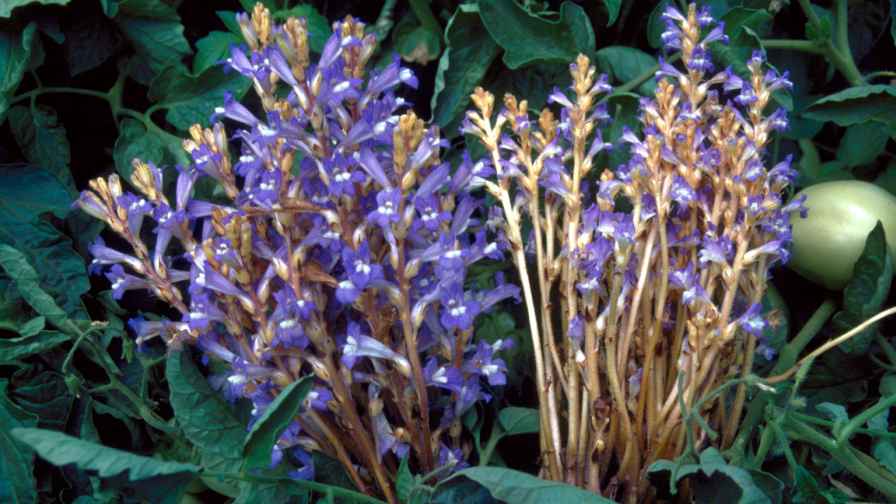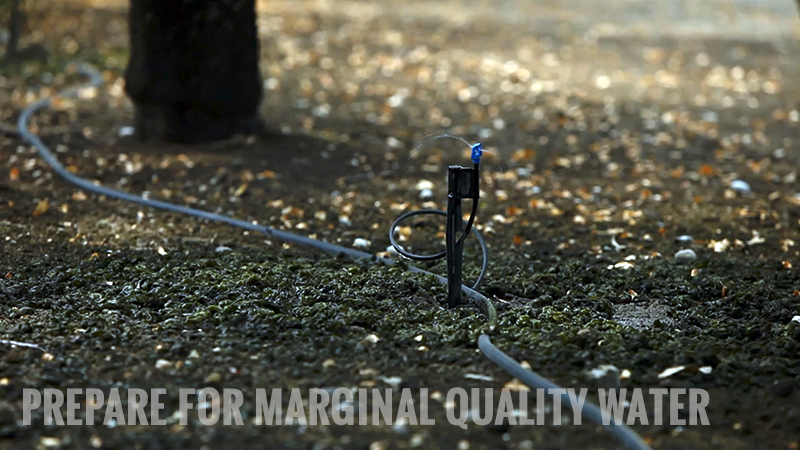Noxious Weed Detected In Processing Tomato Field In California

Egyptian Broomrape
Photo credit: Dr. Reuven Jacobsohn, Agricultural Research Organization, Bugwood.org
Growers in California were recently alerted about the presence of Egyptian broomrape (Orobanche aegyptiaca) in a processing tomato field in Solano County by the Beet Curly Top Virus Control Program.
The first detection of this species occurred in July 2014 and was the first detection of this species of broomrape in the U.S. The infested field was placed on hold and appropriate safeguards were implemented to prevent the movement of seeds on equipment and personnel leaving the field. That field is now clear of Egyptian broomrape, but unfortunately, in an adjacent field, another detection of Egyptian broomrape was discovered this past summer. Preventative measures have been implemented for this new find.
In August 2014, Branched broomrape (Orobanche ramosa) was detected in four processing tomato fields in California’s San Joaquin County. Those fields were placed on hold and safeguard measures were taken. The fields were later destroyed.
All Orobanche species are obligate parasites and cause reductions in crop yield and adversely affects crop quality. Egyptian and branched broomrape infect many economically important crops such as tomato, bell pepper, melons, and several others.
A fact sheet from USDA on Egyptian Broomrape provides details on this weed pest.










